Since ancient times, people have been trying to obtain amulets and talismans that, as they believed (and still believe today), protect them from all kinds of plagues, bringing money, luck, and happiness. Some types of amulets are widespread and found in many cultures, others are specific to certain peoples.
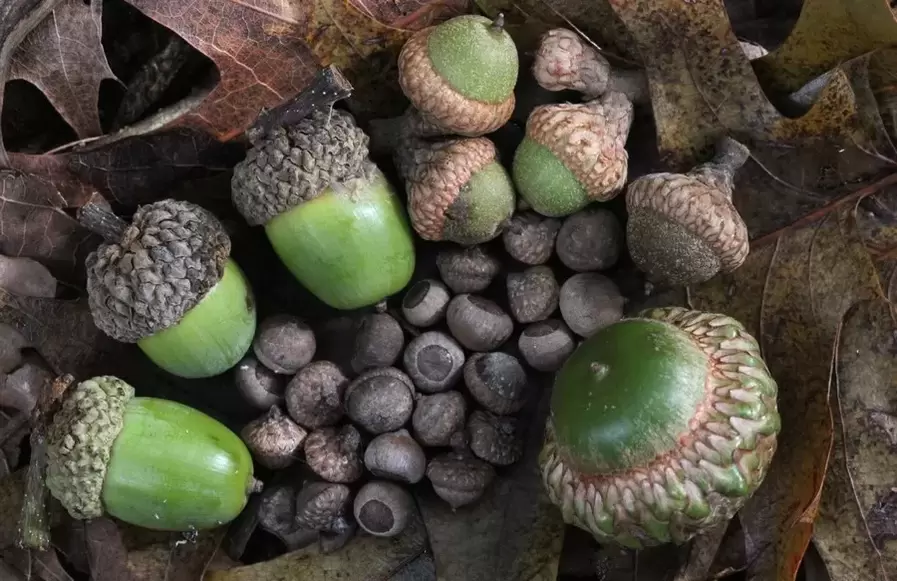
Acorn
The Vikings kept an acorn on the windowsill to protect the house from the lightning strikes sent by the god Thor.
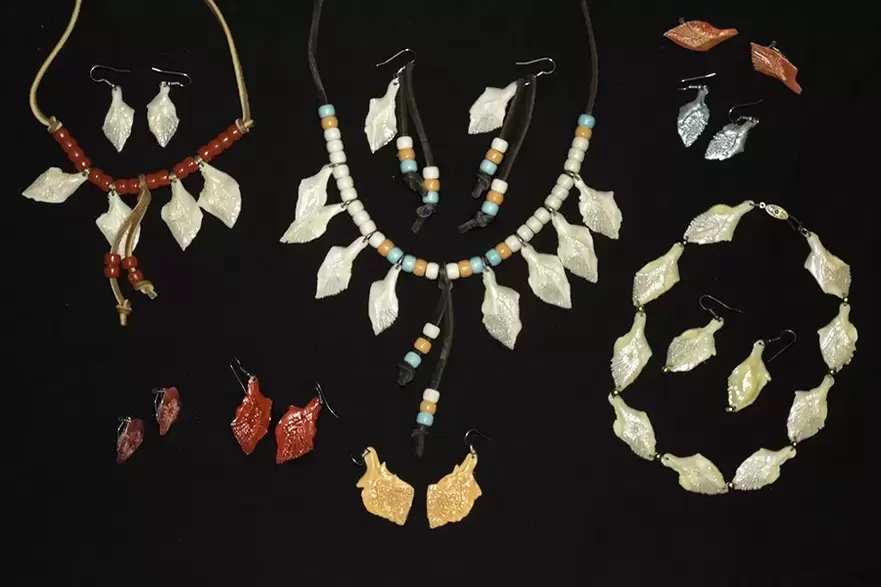
Crocodile teeth
Some African peoples believe that crocodile teeth help win gambling.
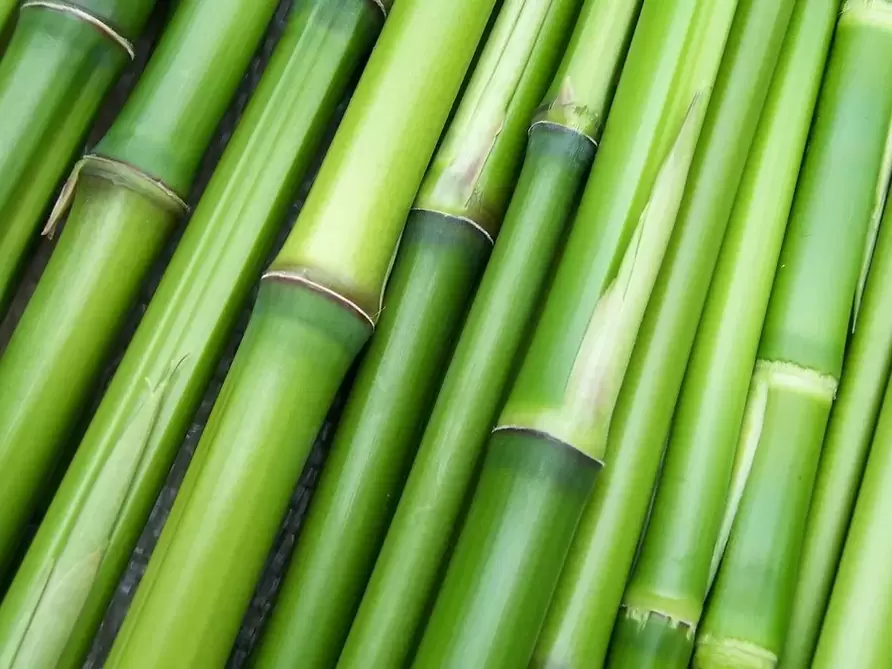
Bamboo
In Asian countries, you can get a bamboo shoot as a gift. It is believed to bring good luck to its owner. And according to the teachings of feng shui, placing a pot with bamboo shoots in the eastern part of the room improves the circulation of qi energy.

Triangle
The triangle is an ancient symbol with many meanings, the most common of which are stability and stability. In addition, it personifies three periods of the human life cycle: childhood, youth, old age.
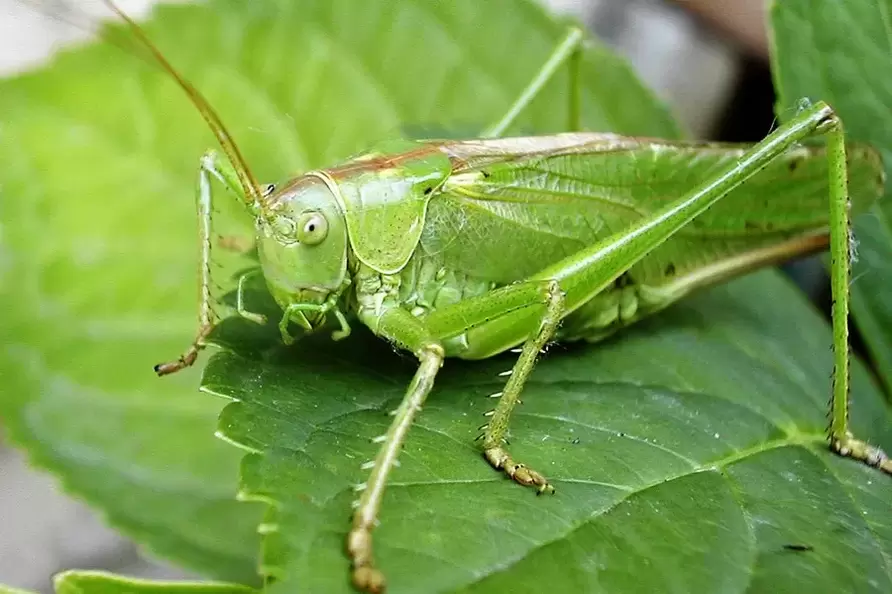
Cricket
It is considered a symbol of luck in many Asian cultures and among American Indians. He guards the house and beeps to warn of danger.
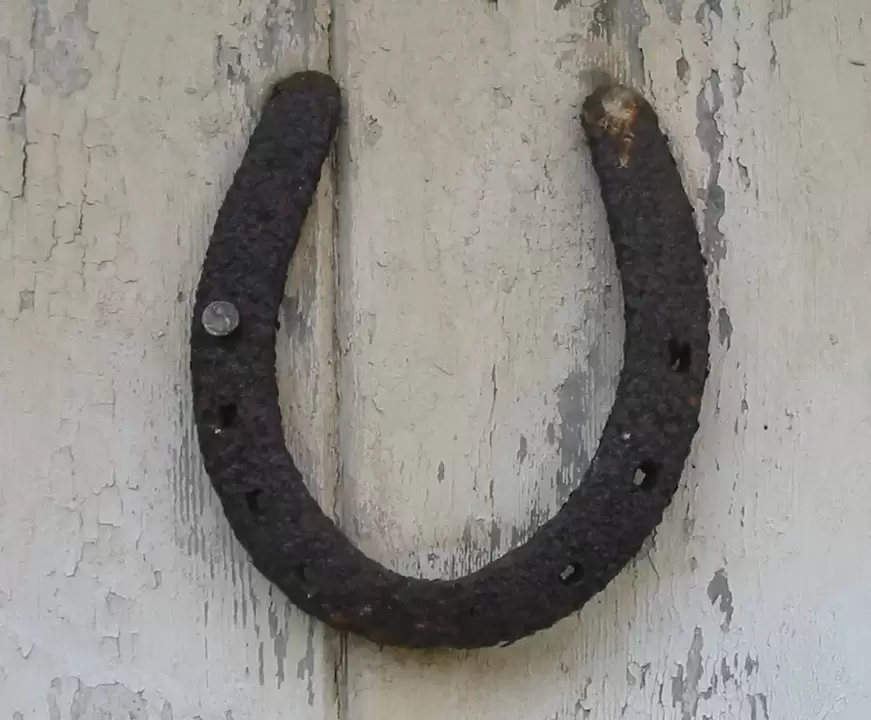
Horseshoe
The horse has been a loyal and powerful helper to man for millennia - perhaps that’s why the horseshoe is considered something that can help and bring good luck to his owner’s side. In many houses in different countries you can see a horseshoe nailed above the door, which also serves as a talisman against all sorts of misfortunes.
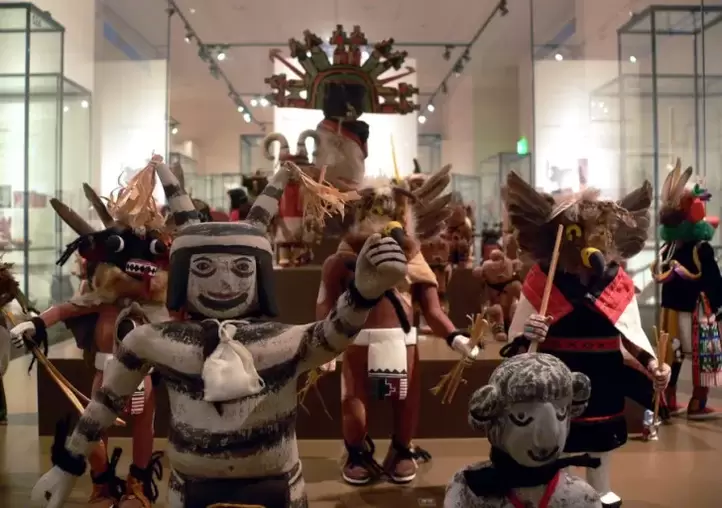
Kachina
This is the name of the American Indian dolls in which the spirits of different things live. It is believed that this perfume results in a rich harvest.
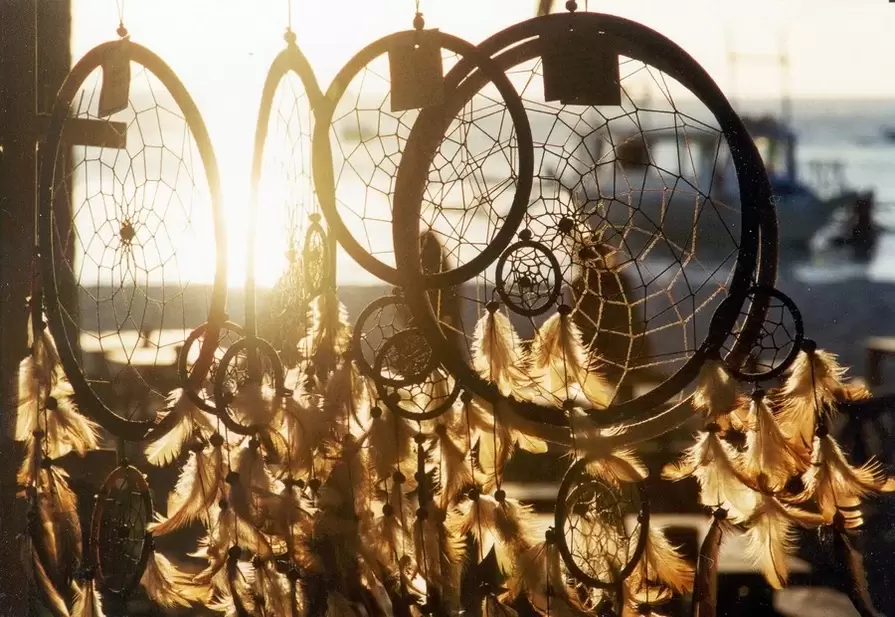
Dream Catcher
This is another magical element from the culture of the Indians that aims to protect the sleeping man from bad dreams. Legend has it that the first man to weave this amulet was a woman from Nokomis, India, taught by a spider in gratitude for salvation. There is a hole left in the middle of the structure through which good dreams pass and all bad dreams fall into the surrounding net.
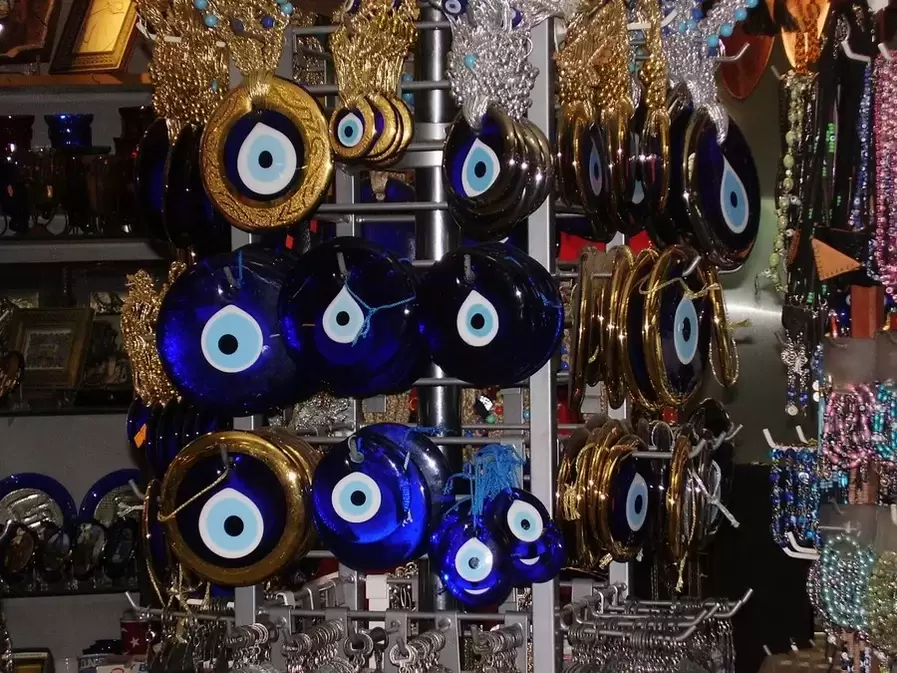
Evil eye
In the Middle East, the amulet, which usually looks like a circular eye, provides protection against the evil eye. Tourists are happy to shop as local souvenirs, although many are likely to trust their magical abilities as well.
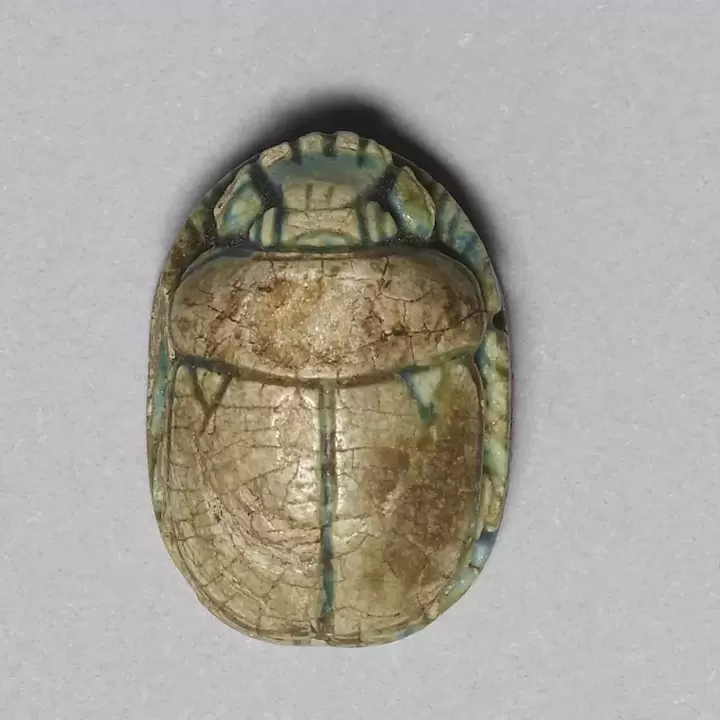
Scarab
The scarab was considered a sacred animal in ancient Egypt and was highly valued by the talismans depicting it. This insect personified the rising sun in ancient Egyptian culture and was also associated with rebirth and transformation.
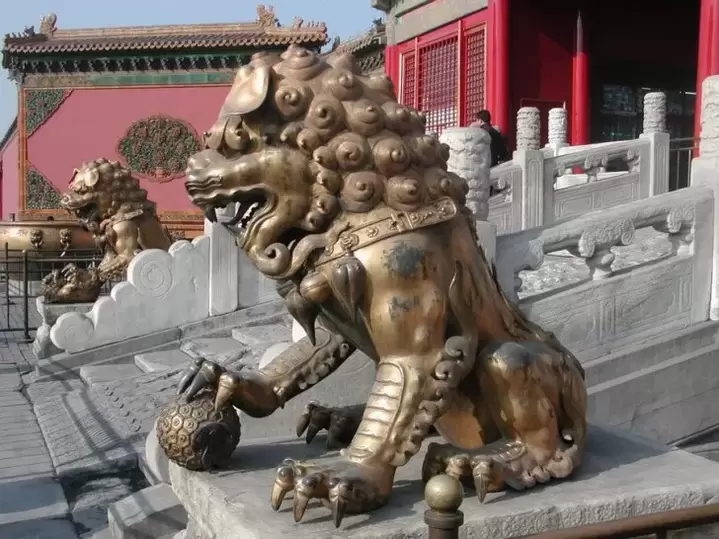
Imperial Guard Lion
Guard lion statues can be found in many Asian countries, especially China. They are most often placed in pairs near the entrances to rich houses, churches, or palaces to protect property owners from attacks by robbers and thieves.
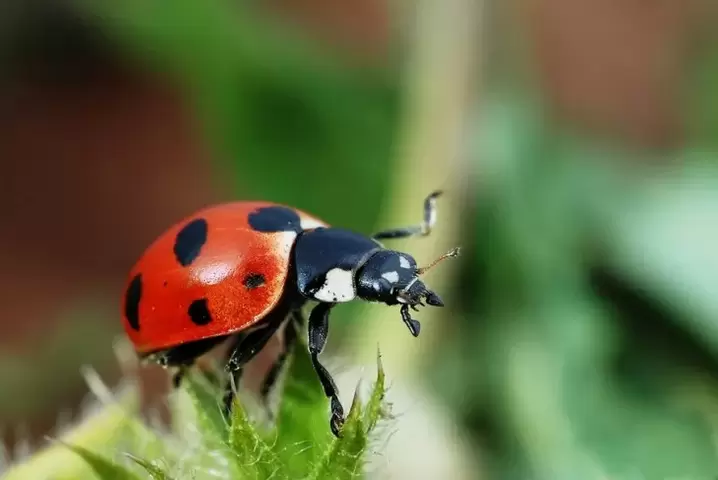
ladybird
It is widely believed that a ladybug brings prosperity and luck, especially when it is in your hands. And the number of dark spots on the backs of insects will tell a young wife how many children she will have.
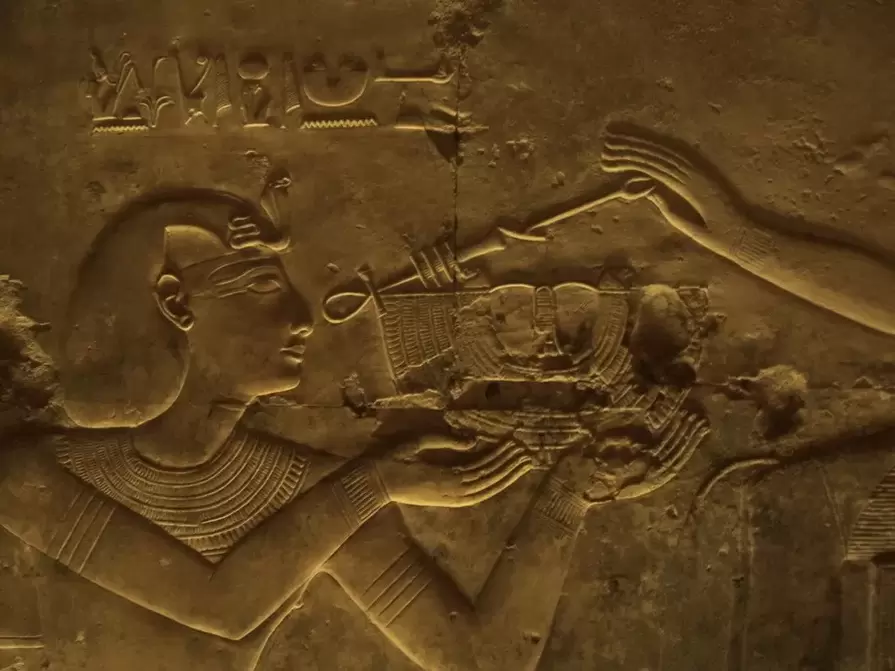
Ankh
This ancient amulet was used by the pharaohs of ancient Egypt, who wore it as a symbol of eternal life. Many ancient Egyptian drawings depict the gods who used the ankh to give people the afterlife.
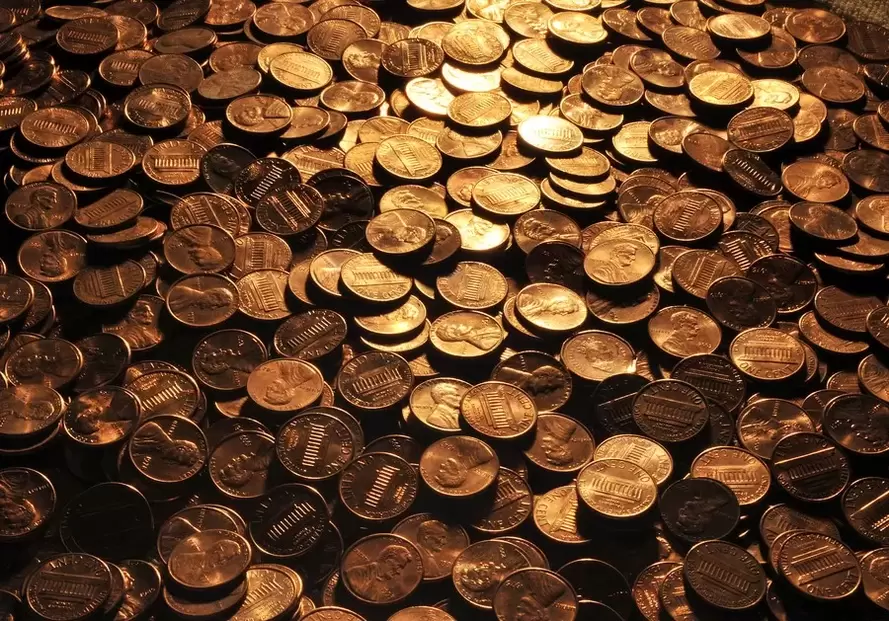
Coins
Coins are very common symbols of good luck that can be found in many cultures. It is considered a good sign to pick up a coin dropped by an eagle and then wear it around his neck, hung on a cord. Coins are often placed in the pockets of a new jacket or coat, purse, and shoes.
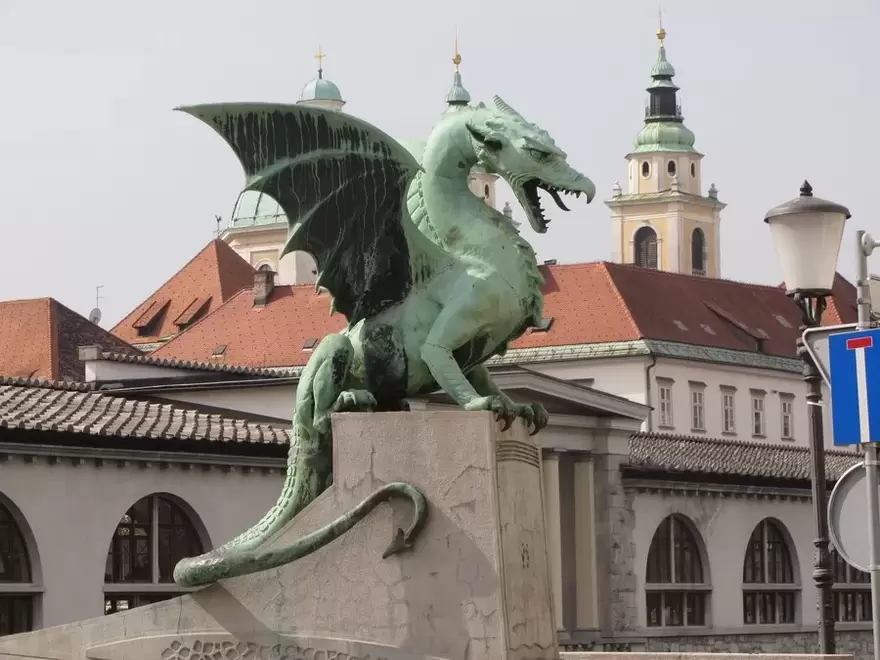
The Dragon
The power of the dragon passes to the person whose talisman depicts him. Such a magical item is believed to be especially useful for people building careers because the dragon has strong leadership qualities.
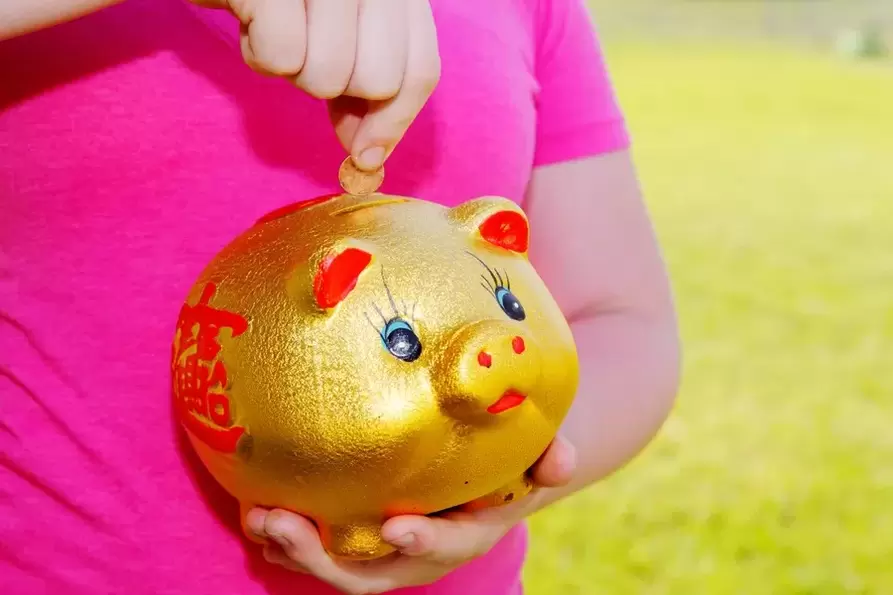
pig
In many European countries, as well as in some Asian countries, pig personifies well-being and well-being. In Chinese mythology, the main characteristics of the pig are honesty and diligence. Not surprisingly, piggy banks are used to raise money in the form of this animal.
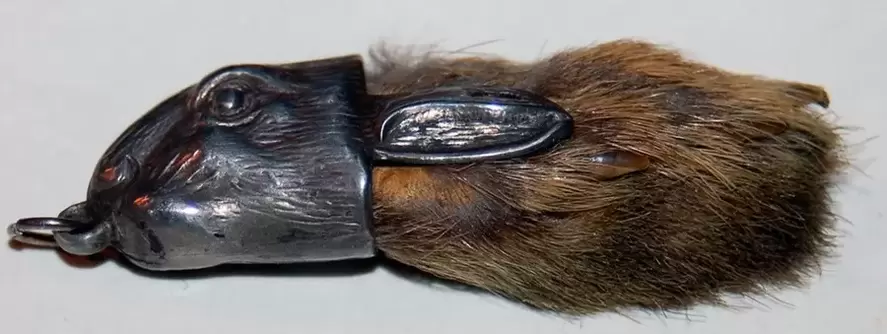
Rabbit feet
The rabbit’s legs are a well-known talisman, but they should be in the back. Rabbits are tied to fertility, so wearing a paw in addition to luck will help you become a father or mother in the near future.

Laughing Buddha
His laughing figures among the images of the Buddha bring particularly great fortune and wealth. On the recommendation of Feng Shui, the figure of the laughing god should be placed in the western part of the house and then provide good health and well-being.

Well wishes
In many cultures around the world, it is customary to throw lucky coins into wells and fountains. It used to be believed that this would reconcile the gods and prevent the water source from drying out. You can also watch its reflection in the well and wish for something and throw a coin into the water to make it come true.
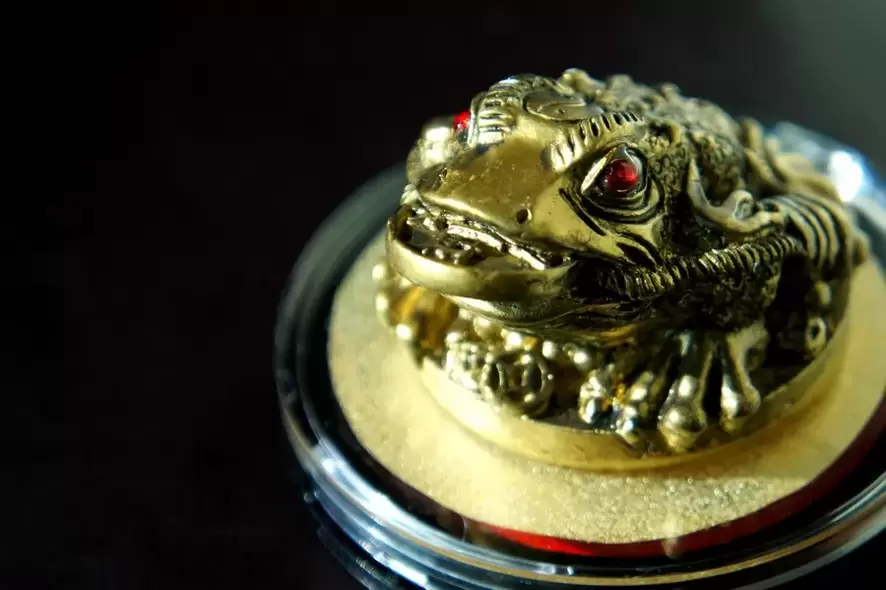
Three-legged toad
This mascot also comes from Asia. The toad usually holds a coin in its mouth, engraved with hieroglyphs. In order for the talisman to work and luck not to leave, do not place the toad facing the door from the house.

Stairs
It is a great failure to walk under a staircase leaning against a wall or column. The resulting triangle symbolizes the Christian Trinity, and such an act constitutes an insult to the Holy Family. But if that’s still done, you can bring good luck and improve things by crossing your fingers and spitting three times between steps.
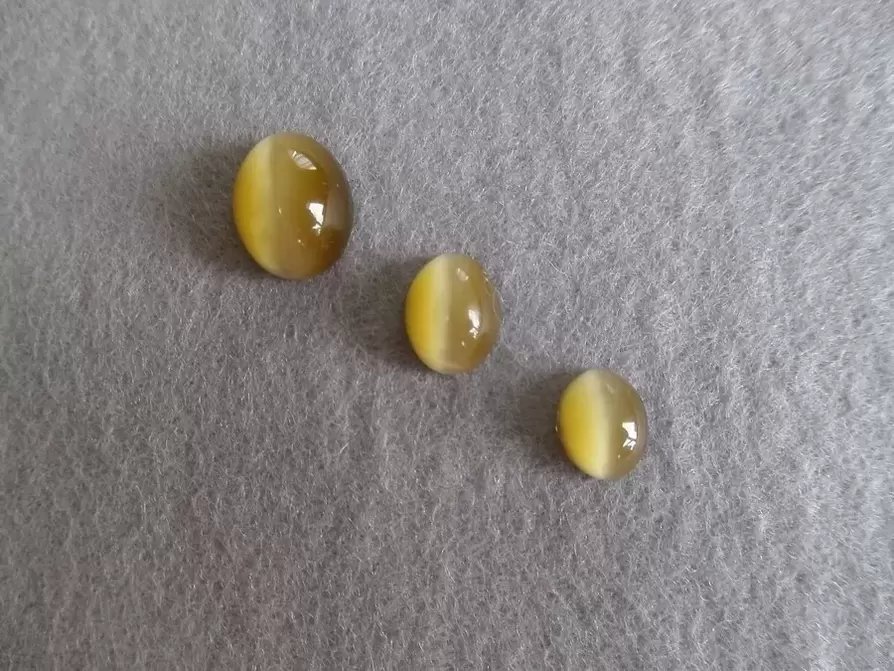
Cat's eye
Many believe that this semi-precious stone protects from the evil eye and removes the difficulties of life. They are loved by gamblers who seem to bring good luck and protect them from big losses.
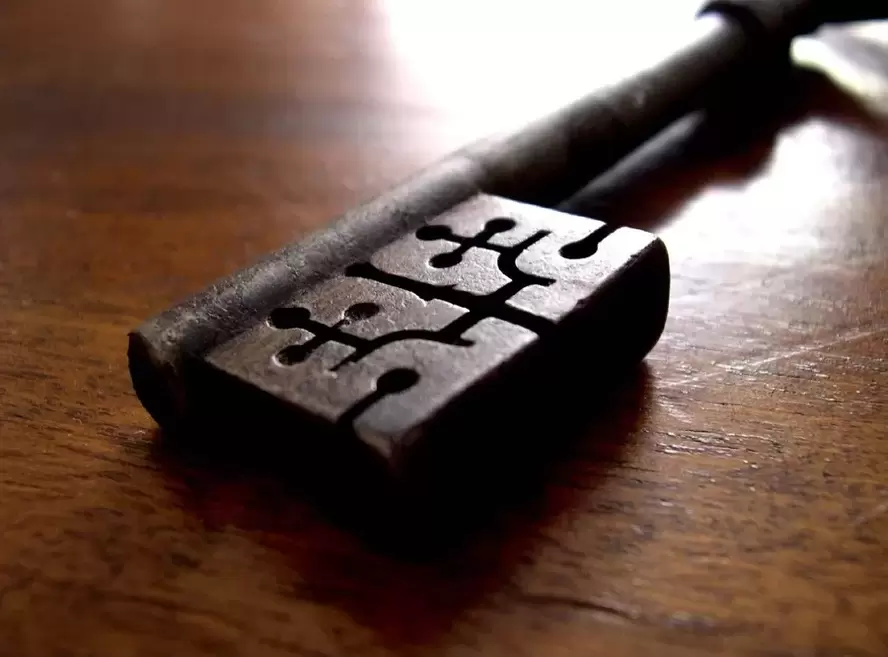
Key
With the help of a properly selected key, you can open the closed door or even the soul of another person. The ancestors believed that even the gods could hear the prayer of the person who had the lucky key better. In Japan, a lot of three keys are believed to open the door to love, wealth and health.
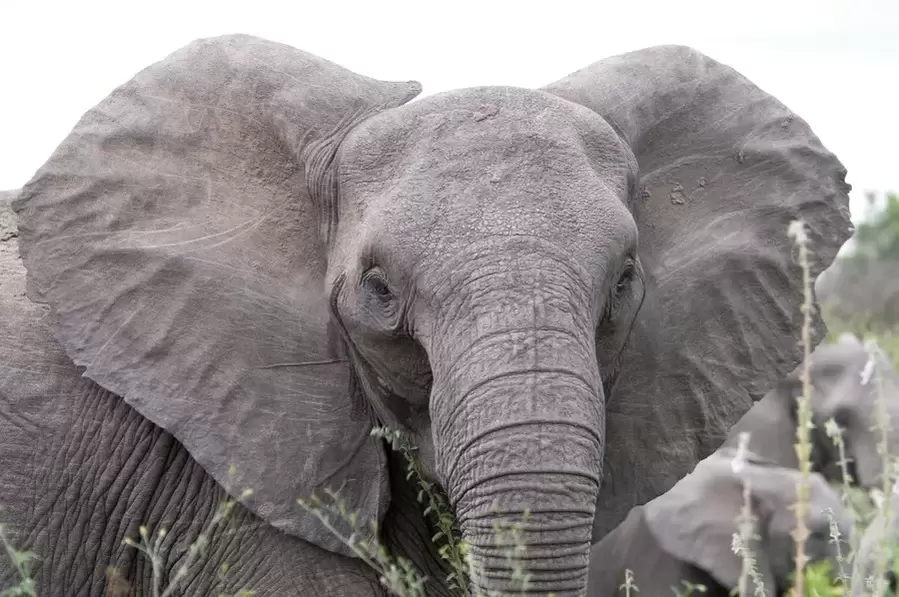
Elephant
Elephants bring good luck wherever they migrate, they believe in many countries in the Asian region. Near the front door, as a symbol of hospitality, they depict a pair of elephants facing each other with their raised torsos. And these strong animals symbolize wisdom and longevity.

Four-leaf clover
This unique plant is closely related to Ireland, and although there is little chance of finding such a clover variety - only out of 1, 000, if you are so lucky, you know that its four leaves represent luck, faith, hope and love.





















































